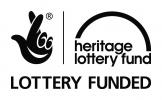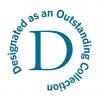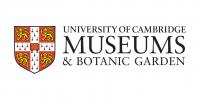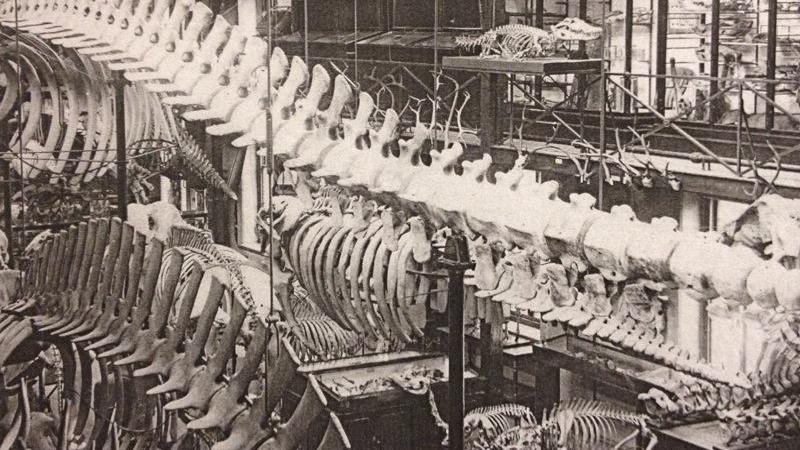
The Museum of Zoology started life as two separate collections: a Museum of Comparative Anatomy and the collection of the Cambridge Philosophical Society. In 1865 the Museum of Comparative Anatomy and Zoology was built on the New Museums Site to house both of these collections. It was looked after by John Willis Clark, the Museum’s first superintendent. Most of the collections were acquired between 1865 and 1915, although we continue to collect new material each year. Many private collections of shells, insects and birds were either purchased or donated. Many expeditions brought back collections of insects, marine invertebrates from the Indian Ocean, fish and amphibians from Africa and mammals and birds from South East Asia and Australia.
The oldest collection in the museum derives from Sir Busick Harwood (1750–1814), Professor of Anatomy from 1785. A founding fellow of Downing College, Harwood was a pioneer of blood transfusions. The Museum holds at least 24 of his specimens, some of which he inherited from his predecessors. Specimens of kangaroo and emu, donated in 1814, are amongst the earliest examples to have reached Britain from Australia.
William Clark (1788–1866) helped to develop the Museum of Comparative Anatomy, which combined in 1877 with the collections of the Cambridge Philosophical Society to form the Museum of Zoology. It is through the work of Adam Sedgwick (1785–1873) and John Henslow (1796–1861), founders of the Society and mentors to Charles Darwin (1809–1882), that much of Darwin’s collection found its way into the museum.
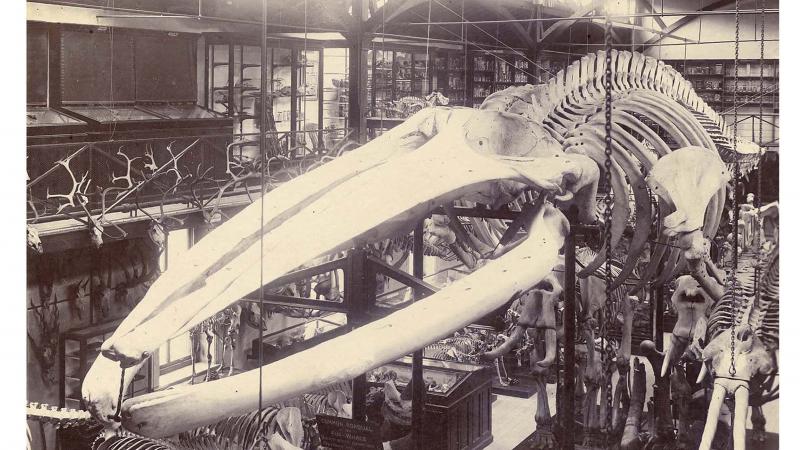
The Collection of the Cambridge Philosophical Society
The Cambridge Philosophical Society was founded in 1819 by geologist Adam Sedgwick and botanist John Stevens Henslow as a place where graduates of the University could meet to discuss new scientific ideas and present their research. Over the years, the Society amassed a natural history collection, rich in the animals of Cambridgeshire but also containing a small collection of reptiles from Thomas Bell, fish collected in Madeira by R.T. Lowe, and the entire collection of fish made by Charles Darwin on the Beagle voyage. In 1865, the building housing the society had to be sold, and the collection was given to the University to be incorporated into the new Museum. This collection was known as the Museum of Zoology, and for years was kept upstairs, separate from the comparative anatomy collection, until in 1877 it was decided to integrate parts of the collection with the comparative anatomy collection in the main hall.
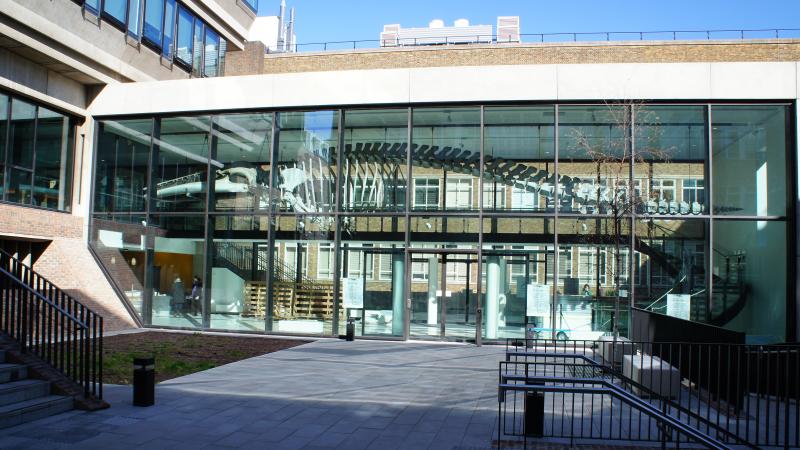
Later History
The 1865 building was demolished in 1965, to make way for a new building, designed by Philip Dowson, which opened in 1970 and was completed in 1974. The outstanding nature of the collections was recognised by the award of Designated Status in June 1988.
We closed the doors in 2013 to begin a major refurbishment, supported by the Heritage Lottery Fund, including the building of a new glass entrance hall, within which hangs our most iconic specimen, the Fin Whale.
The Museum of Zoology is housed in the newly renovated David Attenborough Building on the University’s New Museums Site, following a £4.1 million refurbishment. The museum shares the building with the Cambridge Conservation Initiative (CCI), providing the potential to showcase how efforts in Cambridge are contributing to sustaining biodiversity for generations to come.


